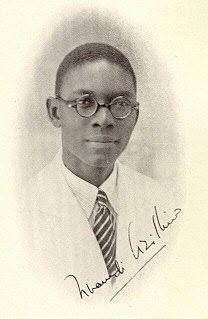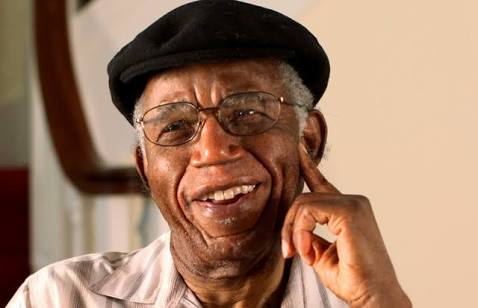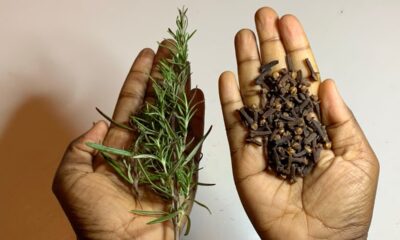Benjamin Nnamdi Azikiwe, P.C. (16 November 1904 – 11 May 1996), usually referred to as Nnamdi Azikiwe or Zik, was one of the leading figures of modern Nigerian nationalism.
He served as the second and last Governor-General of Nigeria from 1960 to 1963 and the first President of Nigeria from 1963 to 1966, holding the presidency throughout the Nigerian First Republic. Born in Zungeru, in present-day Niger State, Azikiwe learned to speak Hausa, the main indigenous language of the Northern Region at an early age.
He later lived in Onitsha, his parental homeland where he was raised by his aunt and grandmother and learned the Igbo language.
A sojourn in Lagos exposed him to the Yoruba language and he was in college, he had been exposed to different Nigerian cultures. Motivated to get a university education, he traveled to U.S. and attended various colleges including Storer College, Columbia University and Howard returning to Africa in 1934 to start work as a journalist in the Gold Coast.
In British West Africa, Azikiwe was an important advocate of Nigerian and African nationalism, first as a journalist and later as political leader.
https://en.m.wikipedia.org/wiki/Nnamdi_Azikiwe




Chinua Achebe
Born Albert Chinụalụmọgụ Achebe; 16 November 1930 – 21 March 2013) was a Nigerian novelist, poet, professor, and critic. His first novel Things Fall Apart (1958) is also considered his magnum opus, and is the most widely read book in modern African literature.
Raised by his parents in the Igbo town of Ogidi in South-Eastern Nigeria, Achebe excelled at school and won a scholarship to study medicine, but changed his studies to English literature at University College (now the University of Ibadan).[5] He became fascinated with world religions and traditional African cultures, and began writing stories as a university student. After graduation, he worked for the Nigerian Broadcasting Service (NBS) and soon moved to the metropolis of Lagos. He gained worldwide attention for his novel, Things Fall Apart in the late 1950s; his later novels include No Longer at Ease (1960), Arrow of God (1964), A Man of the People (1966), and Anthills of the Savannah (1987). Achebe wrote his novels in English and defended the use of English, a “language of colonisers”, in African literature. In 1975, his lecture An Image of Africa: Racism in Conrad’s “Heart of Darkness” featured a famous criticism of Joseph Conrad as “a thoroughgoing racist”; it was later published in The Massachusetts Review amid some controversy.
When the region of Biafra broke away from Nigeria in 1967, Achebe became a supporter of Biafran independence and acted as ambassador for the people of the new nation. The war ravaged the populace, and as starvation and violence took its toll, he appealed to the people of Europe and the Americas for aid. When the Nigerian government retook the region in 1970, he involved himself in political parties but soon resigned due to frustration over the corruption and elitism he witnessed. He lived in the United States for several years in the 1970s, and returned to the U.S. in 1990 after a car accident left him partially disabled.
A titled Igbo chieftain himself, Achebe’s novels focus on the traditions of Igbo society, the effect of Christian influences, and the clash of Western and traditional African values during and after the colonial era. His style relies heavily on the Igbo oral tradition, and combines straightforward narration with representations of folk stories, proverbs, and oratory. He also published a number of short stories, children’s books, and essay collections.
Upon his return to the United States in 1990, he began an eighteen-year tenure at Bard College as the Charles P. Stevenson Professor of Languages and Literature. From 2009 until his death, he served as David and Marianna Fisher University Professor and Professor of Africana Studies at Brown University.
https://en.m.wikipedia.org/wiki/Chinua_Achebe

























































